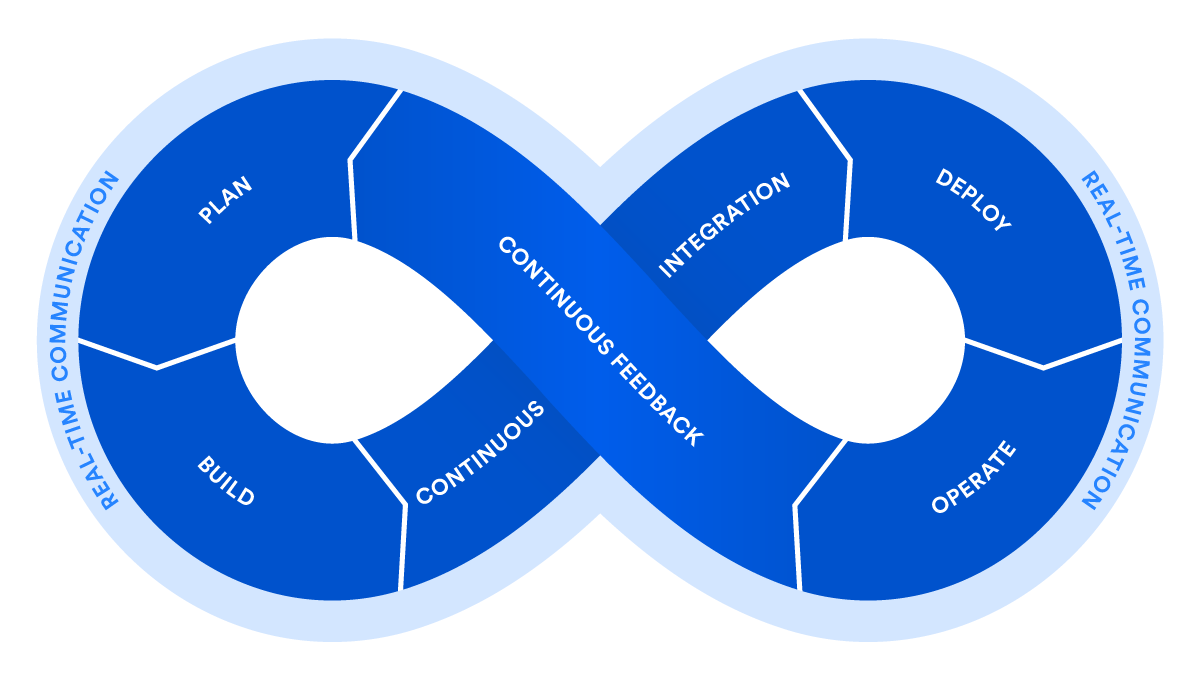DevOps is quite a popular approach to software development but there are still a lot of misunderstandings in this topic. So, we decided to explain the definition and features of the DevOps model and DevOps transformation. If you want to know more about DevOps services, it is described here: https://itsvit.com/services/devops/.
The phenomenon of DevOps has more than ten years. It appeared as a solution for endless troubles in teams that worked with the software. The main conflict related to the development and operations teams. Developers thought that if the code worked in a local environment, it should have worked in production too. If some problems arose, the operations team said the code is faulty. The main problem was in continuous throwing responsibilities for the code “over the wall”. The result of such an approach was delayed releases and total mess in the teams.

DevOps methodology was created to solve these problems. The role of this approach is to make communications between developers and operations better and make the software delivery more predictable. That’s why DevOps is often called a practical implementation of Agile. As you might know, Agile manifesto includes 12 principles of respective and cohesive work. It is possible because of work in two directions – automation of routine processes and making a good atmosphere in the team.
How does DevOps methodology work?
DevOps methodology uses a few main principles for work automation. The first is Infrastructure as Code or IaC. It means that operations or DevOps team creates a testing environment for the development team in advance and makes an additional file called manifest, where they write all necessary settings. The development team can write code and test it immediately in the testing environment. This way, they don’t need to bother the DevOps engineers with configuration and deployment of these environments. Also, code is written in small batches that are simple to test and integrate.

The next important feature is CI/CD or Continuous Integration and Continuous Delivery. This process means the code is integrated with the main repository every day after successful testing. Also, code is delivered to end-users as fast as possible. Thus, a DevOps approach solves the main problems that existed before.
What’re the benefits the DevOps approach brings?
Analyzing all the above, we can understand that DevOps brings faster and smoother releases. Thus, you’ll have cost-efficiency and competitiveness because of development speed. Automation makes the whole software development lifecycle very different from the manual process. So, you’ll need to invest some money and time in DevOps transformation. But the result will definitely please you. Also, you’ll have satisfied teams and clients because of smooth and fast processes.
Besides the CI/CD and IaC, DevOps provides Continuous Monitoring that allows finding bottlenecks very fast. The DevOps engineer shouldn’t spend a lot of time on manual monitoring because the system can do it automatically. Also, the system is self-healing, so if something goes wrong, it automatically restarts and works in normal mode.

Final thoughts about DevOps approach
We described very basic things about DevOps but we hope now you have a better understanding of this term. Nowadays DevOps is the most efficient approach to software development. It can automate a lot of routine processes and deliver the product much faster.
Thus said, DevOps implementation can become the best decision for your business almost at any stage of growth.



